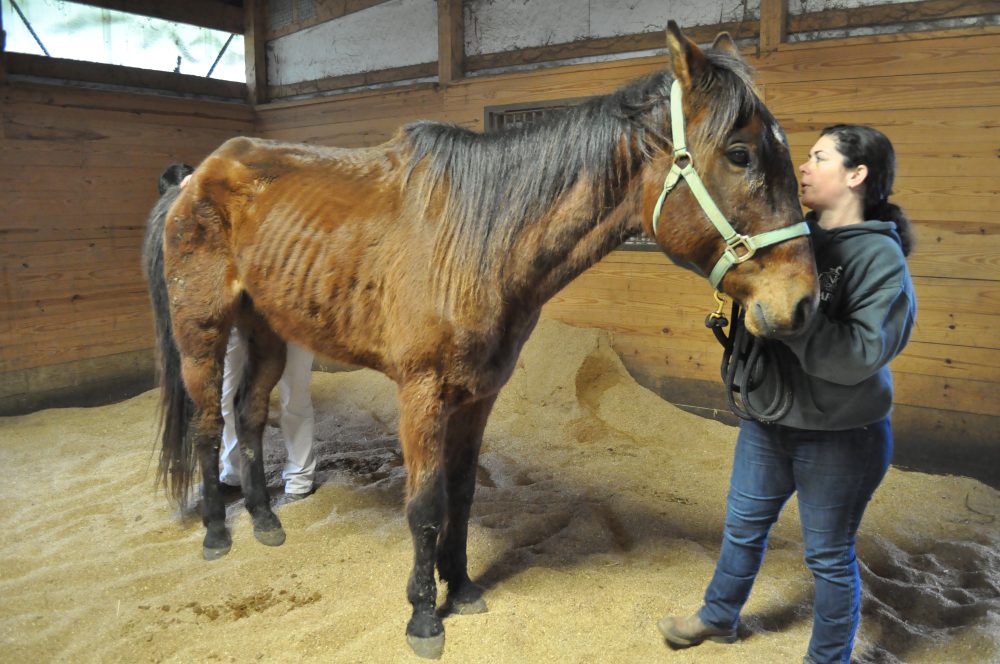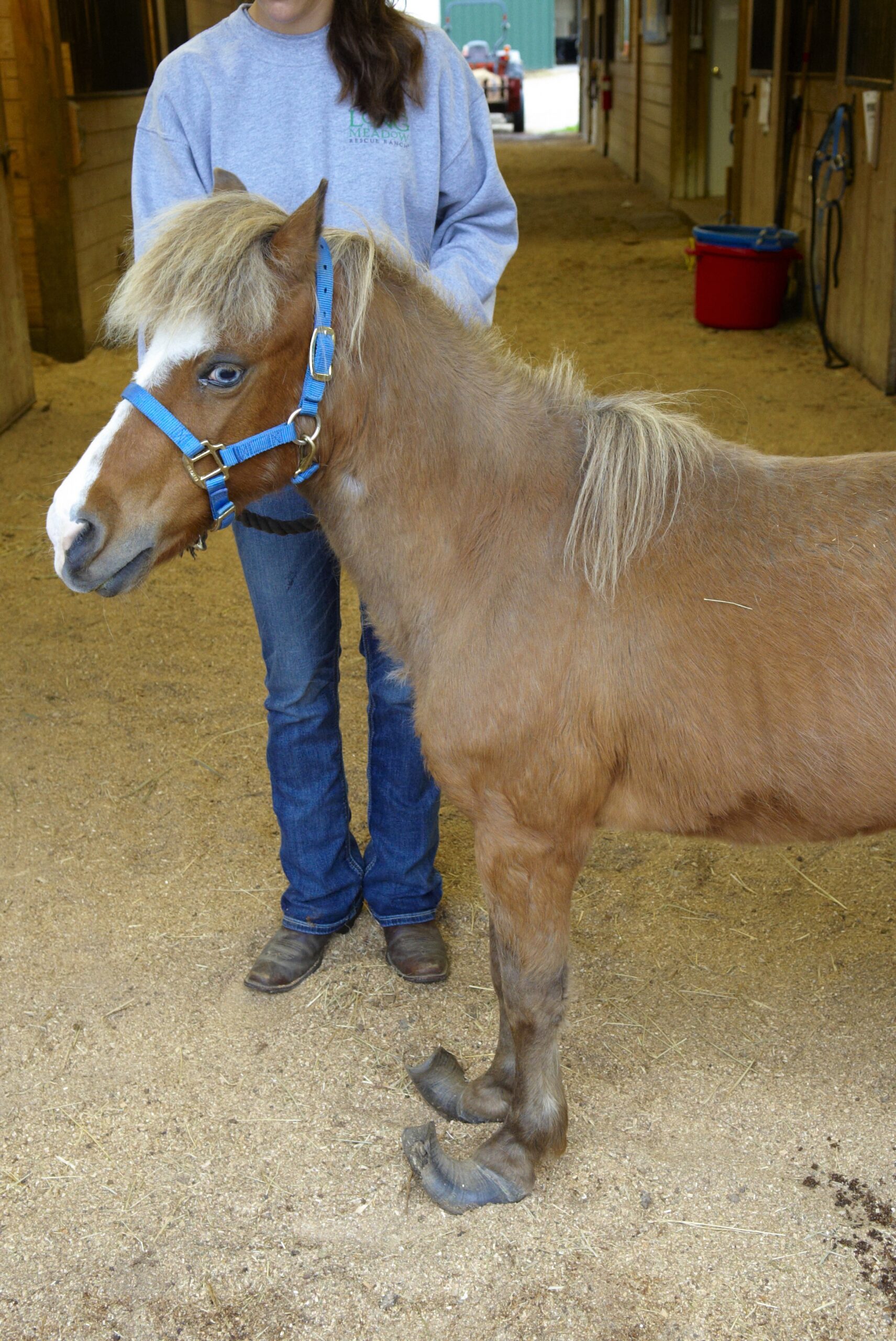What is Animal Abuse or Neglect?
The following examples are just that – examples. When in doubt, always contact the Animal Cruelty Task Force, just to be safe.
WARNING: Images below may be disturbing for some. Please use discretion.
- The number of pets in a hoarding situation doesn’t matter as much as the owner’s ability to care for the animals
- Possible traits:
- excessive feces/urine/trash buildup
- animals unable to escape filth
- animals may have wounds from fighting in close conditions
- animals may have injuries or illness due to unhealthy environment
- Owner may be unaware or unable to understand the degree of filth/overcrowding or how if affects the animals
- Owner may make small attempts to appease authorities by releasing a few animals at a time, yet the overall problems persist
- Dangerous for the owner living among the trash and debris, potentially dangerous for first responders coming to the property to help owners or others living at the property
IF YOU WITNESS A DOG FIGHT IN PROGRESS, CALL 911 AND HSMO’S ANIMAL CRUELTY TASK FORCE IMMEDIATELY – 314.647.4400
- Dogs may be tied out on heavy chains with thick collars, just out of reach from one another
- Dogs may also be kept in basements or warehouses
- Dogs may have visible fight wounds or other injuries and old scars
- Dogs are usually extremely friendly towards people
- Equipment such as treadmills and medical supplies like injectible antibiotics and suture material may be present
- A four-sided fight pit may also be present. Walls of the pit can be a few feet high and may be marked with blood from past fights
- An animal’s food must be appropriate for the age and species of the animal (e.g. puppy food for puppies, kitten food for kittens)
- Food must nutritionally sound for the animal to maintain it’s health and adequate weight
- Food must be free from debris and bacteria/mold
- Ribs and hips may be visible in animals lacking adequate food
- Water must be within reach of the animal in a clean vessel
- Water must be free from debris and algae
- Rain/snow/ice is not an acceptable form of water
- Although the Missouri state statute does not specifically define shelter, HSMO recommends regulations set by the USDA
- Shelter must be large enough for the animal to stand, turn around and lie down
- Shelter must be small enough for the animal to maintain it’s own body heat
- Shelter must have a roof, floor, four walls with a doorway, and must protect from all weather elements
- Plastic barrels and crates covered in tarps, etc. are not acceptable
Veterinary care must be provided to maintain the health of an animal. Any of the following may be indications veterinary care is needed.
- Untreated, open or infected wounds
- Limping – may indicate an old/untreated injury
- Missing fur, reddened and/or thickened skin may indicate parasite infestation and/or skin infection
- Severely matted fur could restrict an animal’s movement, cause urine scalding to the animal’s skin, or hide wounds and infection
- Eye infections – squinting, redness, discharge, pawing at or rubbing the eye(s)
- Ear infections – excessively shaking head or scratching
- Overgrown or cracked hooves in equines
- Inability or difficulty chewing food or food falling out of mouth (especially in equines) may indicate dental problems
- Severe weight loss even when adequate food is present
Large scale and unlicensed breeders are a problem in Missouri, but with your help, we can crack down on cruelty in puppy mills and other substandard animal breeders!
- Female dogs bred multiple times per year
- Little to no veterinary records for the puppies or adults
- Breeder won’t allow buyers to view the animal’s parents or facility
- Selling animals before they’re weaned
- Breeding animals kept in undersized kennels, possibly without adequate shelter from the elements
- Breeding animals kept on wire-bottom cages with no solid surface available
- Breeding animals with wounds, missing or matted fur, excessively long toenails
- Lack of sanitation – built up feces under kennels or in kennel area
-
- Most physical abuse complaints will require witness information
- Purposely, intentionally causes injury or suffering to an animal – hitting, throwing, kicking, violent handling of an animal
- If you witness abuse in progress, please immediately call 911 and HSMO’s Animal Cruelty Task Force – 314.647.4400



































